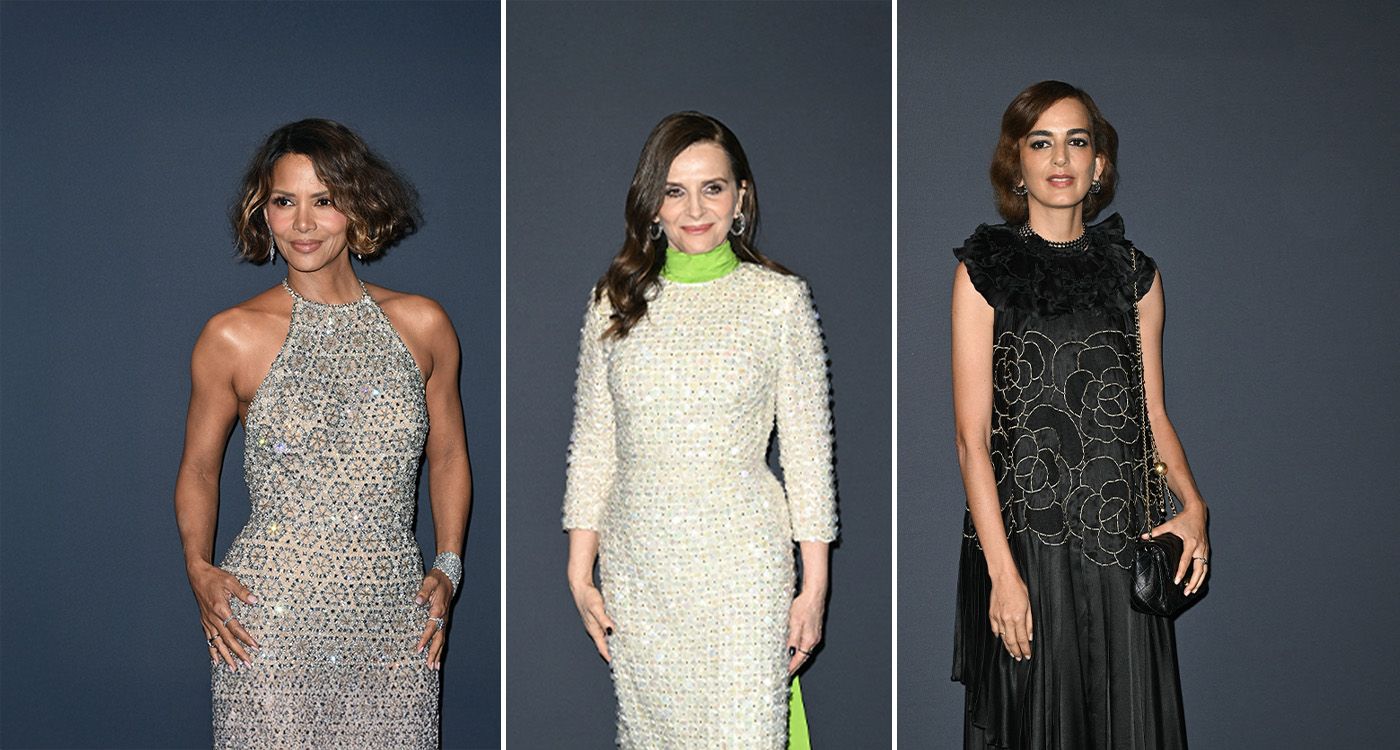
This year, women didn’t just grace the red carpet, they reclaimed it. At Cannes, fashion was no longer just about spectacle, it became a statement. Less glitter, more purpose. A shift from being looked at to being truly seen and heard.
The Cannes Film Festival has always been a stage, not only for cinema, but for fashion that borders on the theatrical. Every May, the red carpet blooms with extravagant gowns, daring cuts and dramatic silhouettes. But in 2025, something deeper shimmered beneath the surface. Women are using style not to dazzle, but to declare. Less about seduction, more about intention. Less performance, more presence.
Juliette Binoche, this year’s jury president, opened the festival with quiet power. She stepped onto the carpet in a refined Dior creation, an off-white silk ensemble with a hooded top and flowing trousers. No corsets, no exaggerated glamour. Just a serene, stripped-back elegance that spoke volumes. Her look wasn’t loud, but it resonated. A visual embodiment of strength without spectacle.
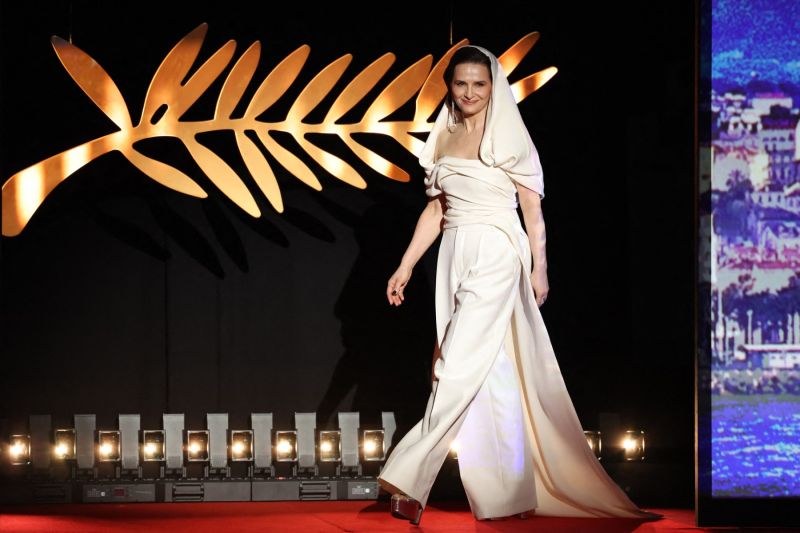
Juliette Binoche in a refined Dior creation. © Sameer AL-DOUMY / AFP
Novelist and jury member Leïla Slimani followed suit. Known for her fierce commitment to equality and representation, she chose a structured white cape-dress by Dior—restrained, confident and entirely her own. In rejecting the usual red carpet theatrics, she affirmed something far more powerful: authenticity.
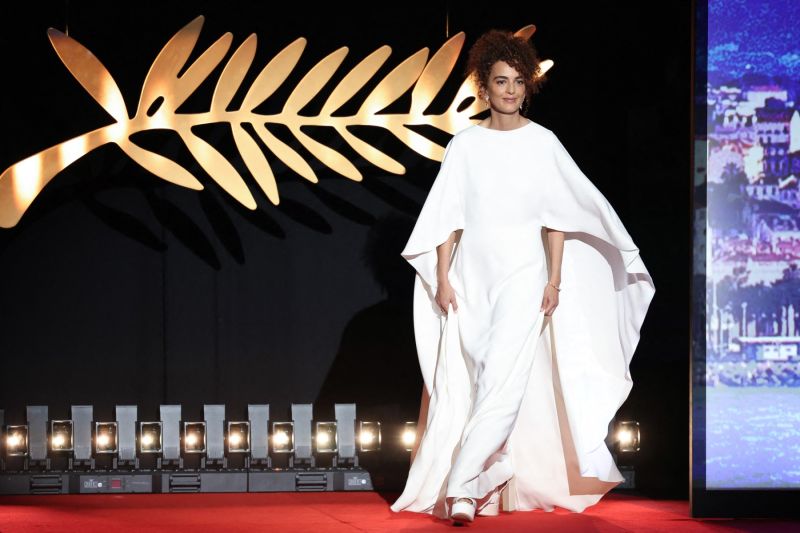
Leila Slimani in a structured white cape-dress by Dior. © Sameer AL-DOUMY / AFP
New Rules, New Voices
This shift is not simply a matter of personal choice, it’s also rooted in institutional change. The Festival itself introduced new dress code regulations: ultra-sheer fabrics, sky-high slits and sweeping trains are no longer permitted. Officially, it’s about ensuring smooth movement and a certain decorum on the red carpet. Unofficially, it’s an invitation to shift from flamboyance to intention, from decoration to identity.
Not all stars anticipated the change. Halle Berry, originally slated to wear a sculptural gown by Gaurav Gupta, was forced to change plans. Instead, she appeared in a refined black-and-white dress by Jacquemus—sleek, unfussy and trainless. Gone were the sequins and spectacle. When asked about her look, she replied with quiet conviction, “I didn’t feel the need to overdo it this year.” Sometimes, just being is enough.
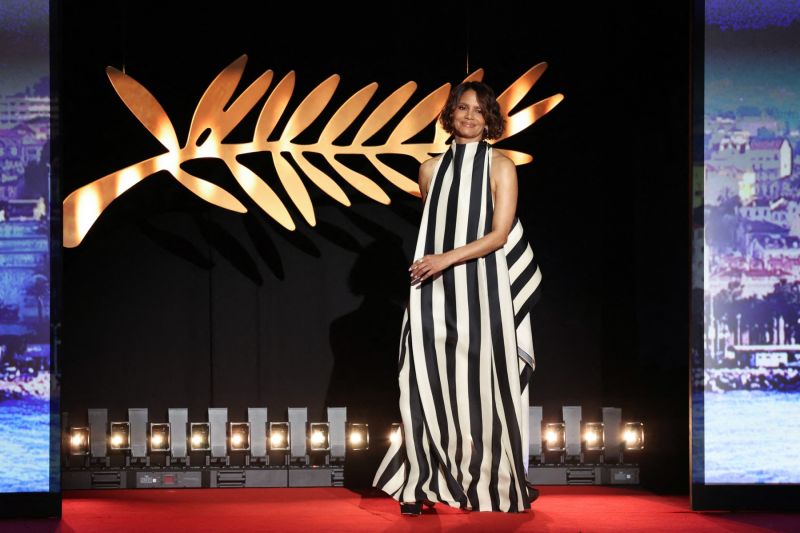
Halle Berry in refined black-and-white dress by Jacquemus.© Sameer AL-DOUMY / AFP
Hafsia Herzi, presenting her competition film La Petite Dernière, wore a deep crimson velvet dress. Fitted but restrained, high-collared and unadorned, it echoed the weight of her film, which tackles class and motherhood in working-class France. With her hair pulled back and her posture grounded, Herzi appeared less as a celebrity, more as a director with something to say.
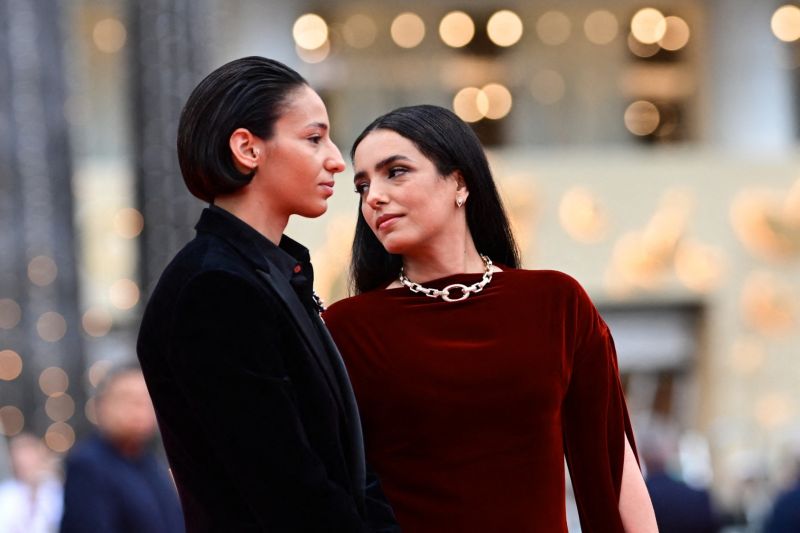
Hafsia Herzi in a deep crimson velvet dress.© Miguel MEDINA / AFP
None of this signals the death of glamour, but rather a transformation. Glamour hasn’t vanished, it’s been reclaimed. It is no longer a requirement, but a choice; no longer a spectacle, but a form of storytelling. Even those who opt for bold statements, like Maria Fernanda Cândido, who appeared in a sleek black pantsuit by Dior. With one shoulder bare and a carefully chosen light-toned hat, she embodied a deliberate kind of femininity. Even in sophistication, nothing felt gratuitous.

Brazilian actress Maria Fernanda Cândido in a sleek black pantsuit by Dior © Valery Hache/AFP
And the media, long obsessed with the provocative and the polished, is catching on. There’s less fixation on cleavage and cutouts, and more attention to intention. Style is no longer simply described, it’s interpreted. Clothing has become an extension of voice.
This shift reflects more than a change in taste. It mirrors a deeper truth: women in cinema are stepping out of the shadows of supporting roles and objectification. On and off screen, they are reclaiming authorship. Even on the red carpet, they refuse to be costumed by others. They are crafting their own image, and with it, their own narrative.
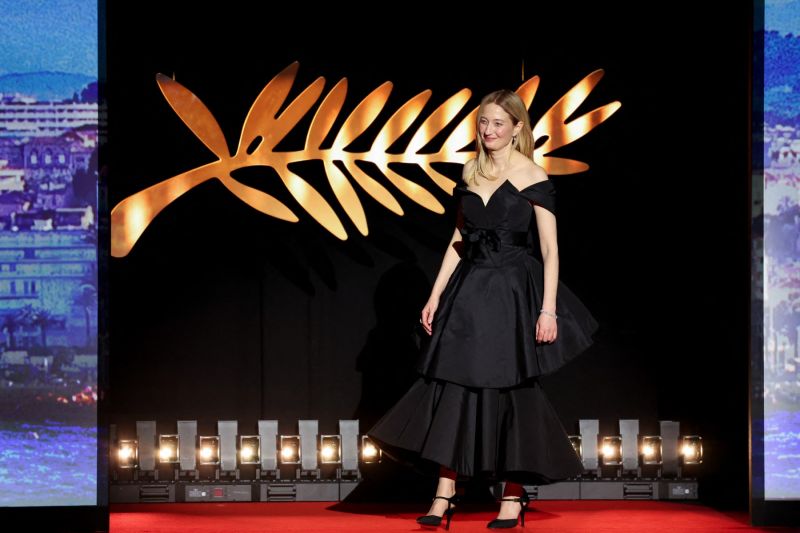
Alba Rohrwacher appeared in an elegant black dress. © Sameer AL-DOUMY / AFP
To call it a trend would miss the point. What we’re witnessing is a cultural recalibration, where dresses, suits and silhouettes embody something deeper: alignment between self, speech and style. A new kind of presence. A quiet declaration: “I’m here — and I mean to be.”
At Cannes in 2025, fashion didn’t hide the woman. It revealed her.
A Silhouette, 200 Hours
Juliette Binoche’s opening ceremony look, crafted by Dior, required over 200 hours of meticulous work, the French house revealed. Made entirely from off-white silk crepe, the custom ensemble blends sculptural form with fluid movement, anchored by a minimalist hood. It’s a study in refined craftsmanship, where technical mastery meets quiet elegance.



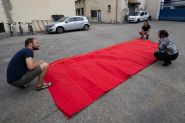

Comments